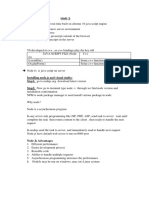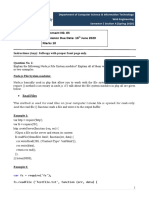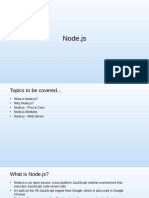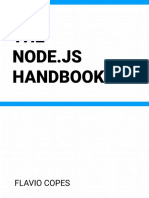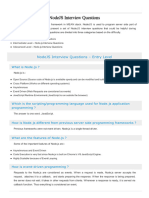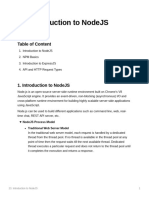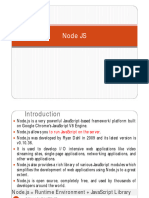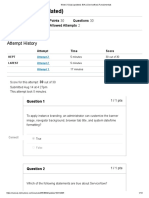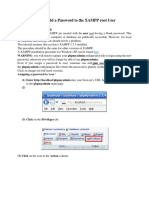0% found this document useful (0 votes)
25 views48 pagesNode Js Web Engineering Lecture
Node.js is a free, open-source JavaScript runtime environment that allows JavaScript to be used on the server, enabling end-to-end JavaScript applications. It utilizes the V8 JavaScript engine and supports asynchronous I/O for handling file requests, making it efficient for real-time applications and backend services. Node.js also features a modular architecture with built-in, local, and third-party modules, and is accompanied by npm for package management.
Uploaded by
Abdul Basit KhanCopyright
© © All Rights Reserved
We take content rights seriously. If you suspect this is your content, claim it here.
Available Formats
Download as PPTX, PDF, TXT or read online on Scribd
0% found this document useful (0 votes)
25 views48 pagesNode Js Web Engineering Lecture
Node.js is a free, open-source JavaScript runtime environment that allows JavaScript to be used on the server, enabling end-to-end JavaScript applications. It utilizes the V8 JavaScript engine and supports asynchronous I/O for handling file requests, making it efficient for real-time applications and backend services. Node.js also features a modular architecture with built-in, local, and third-party modules, and is accompanied by npm for package management.
Uploaded by
Abdul Basit KhanCopyright
© © All Rights Reserved
We take content rights seriously. If you suspect this is your content, claim it here.
Available Formats
Download as PPTX, PDF, TXT or read online on Scribd
/ 48






